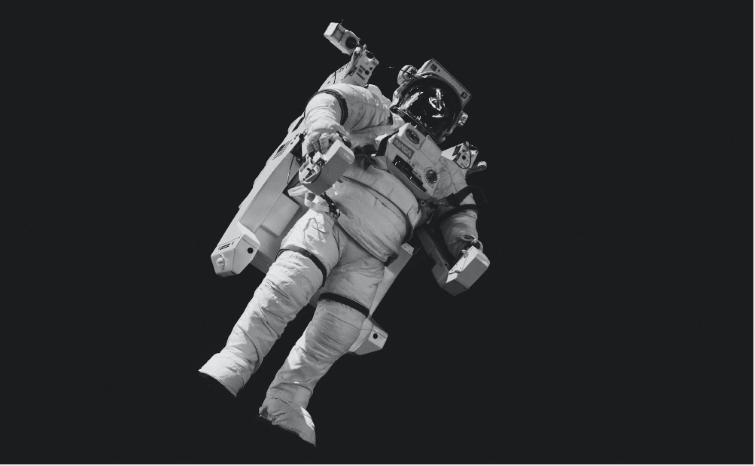A rescue mission for the ISS cosmonauts: Soyuz MS-23

December 2022, from the depths of the solar system, at a speed of 26,000 km/h, the Soyuz MS-22 spacecraft (parked on the ISS) was hit by a micrometeorite and caused serious damage to the cooling system.
The problem of small bodies hitting spacecrafts with or without a human crew is an insolvable problem. Such things happen, sometimes everything passes with minimal damage. Sometimes it may be more serious.
The most dangerous such situation is certainly the one when a micrometeorite could the hit space flyers while they are outside the spaceship or station – hence the rule that two people always go on “space walks”.

Even the smallest problem could mean the loss of the hermeticity of the space suit, so there would be enough time for the cosmonauts/astronauts to help each other and enter the safety of the ship. A penetration of the suit and a hit to the vital organs of space flyers would be more fatal than a bullet fired from a rifle to an unprotected human here on Earth.
What do we know about the problem that caused a rescue spacecraft to be sent from Earth to retrieve astronauts for the first time in the history of spaceflight, and how will everything be resolved in the end?
Yuri Borisov, director of Roscosmos and Sergey Krikalev, head of the cosmonaut detachment, announced on January 14, 2023. that the examinations and tests carried out on the damaged Soyuz MS-22 point to the very real possibility of failure of certain vital systems of the spaceship, and that for this reason they are sending rescue Soyuz MS-23 for the cosmonauts.
Due to the destroyed system for maintaining the temperature inside the cabin during landing, it would have increased significantly above normal values, to 40°C and even more, with a simultaneous increase in interior humidity far above the prescribed parameters. This would potentially lead to the complete failure of several computer systems and accompanying sensors. However, even in that case, Soyuz has backup, analog systems, which would safely land the spacecraft and its passengers, but this would not be within the allowed safety margins.
Soyuz MS-22 will land sometime during March on Earth in an unmanned mode, autonomously, and instead of a crew, it will contain experiments and materials that will not be harmed by increased temperature and humidity. Roscosmos believes that the ship will successfully complete its mission.
In mid-February, the rescue Soyuz MS-23 will fly to the ISS in a fully automatic mode. Cosmonauts will have plenty of work to do when the new ship docks at the ISS. They will have to transfer several systems specially adapted to them (personalized dishes, for example) from the damaged one to the rescue ship.
At the same time, the current crew’s stay in space has been extended for several months, until the arrival of Soyuz MS-24 with their colleagues, who will replace them on the International Space Station. All these unplanned circumstances will significantly affect the crew rotation schedule, the arrival and departure of both Russian and American spaceships, including unmanned cargo ships.
In the event that a life-threatening situation were to occur on the ISS today, the entire crew would be evacuated by current ships. Russian and American colleagues agree with this option. Sergey Krikalev said that the landing would certainly be uncomfortable for the people in Soyuz MS-22, bearing in mind the real option of failure of all or part of the digital systems.

